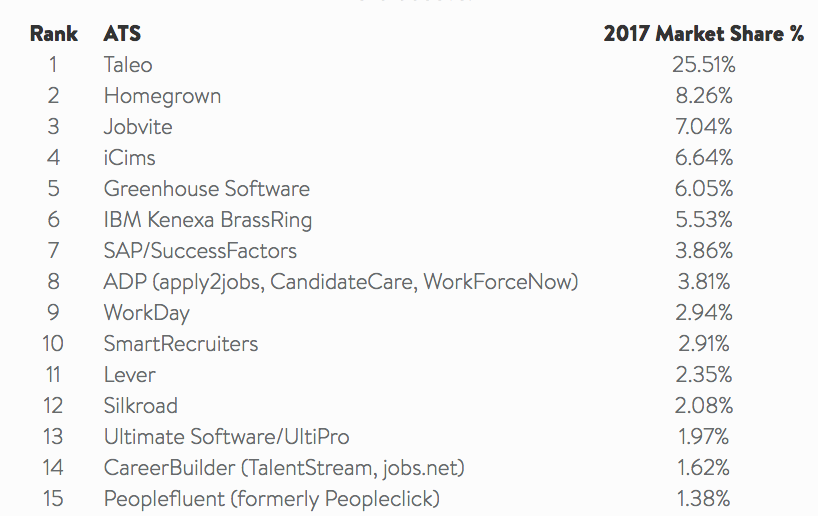Today is my annual office holiday party. The HRU Holiday Parties are pretty freaking fun! Probably like most recruiting shops and groups of elementary school teachers, we know how to let our hair down when the time is right!
You will see about 500 articles and blog posts how this season on Office Holiday Party Etiquette. Especially, with all the craziness going on with the very public sexual harassment allegations! The one thing we know about office parties is once you add alcohol stupid stuff happens.
To help everyone out, in my own Sackett kind of way, I decided we probably needed a few ‘rules’ around this year’s holiday office parties.
The Sackett 2017 Office Holiday Party Rules!
#1 – Have a designated driver or offer up the paid Uber/Lift option right up front. It sucks trying to talk a drunk employee out of driving, they’re drunk and usually don’t want to listen. So, just make it easy and tell your employee if you’ll be drinking, just take an Uber to the party and back home, and the company will pay.
#2 – No one wants to see your junk. Okay, maybe someone wants to see your junk, but you better make sure they ask to see your junk before you start showing your junk. In fact, if I’m you, I might actually get that on video! “Hey, before I show you my junk, do you mind just looking into the camera and just saying, ‘Hi, this is ‘state your name’, I want to see your junk!”
#3 – Don’t complain about the party, the food, the drinks. You look like a douchebag when you do this. Look, someone, or some people, put this together trying their best to make everyone happy, knowing you can’t make everyone happy. If you hate the food, don’t eat and then get something you like afterward. Smile. Be thankful. Stay as long as you need to, to make your showing, then go on with your life not being an idiot. “Yeah, but there wasn’t enough chicken tenders!” Yeah, we get it Brad, here’s twenty dollars go someplace else and find some tenders.
#4 – Talk to executives before you get to your third drink. This is important because drunk talking to executives only plays well if they’re drunk too, and that probably won’t be the case. Also, don’t use the holiday party to launch your ‘big’ news about a project you want to start that is going to change the face of the company. No one wants that crap at a holiday party.
#5 – Don’t bring creepy or weird dates. This usually comes in a couple of flavors. Office dude brings a super slutty date. Great for the office dude for later, but you are the immediate joke of the party. Or super sweet office lady brings Dungeon and Dragons dude to the party who is trying to talk to everyone about the 5th dragon in world 9 that is impossible to kill without a Merlin magic mushroom, and well, yeah, that’s creepy.
#6 – Don’t say you’re coming then not come. If you don’t want to come, make that known up front. When you don’t come, after you said you were coming, and then come up with a lame excuse, it shows that you’re not fully engaged with the organization and it gets noticed. Find that excuse up front and make it known you won’t be coming, but you wish you could.
#7 – Talk to spouses! Spouses of co-workers hate coming to office holiday parties, mainly because they’re bored. Make an effort to engage them and get them joined into the conversation. One cool thing I love to do is talk to spouses and tell them really good things about their partner. Nothing feels better to your partner than to hear other people talk about how great you are!
#8 – If you start to feel tipsy, that is not a sign to start doing shots. I know this can be really confusing, right!? When you start to feel tipsy, this is your body trying to tell you that you’re about to make an ass of yourself in front of people who will share the story long after you have left this job.
#9 – No really, no one wants to see your junk!

